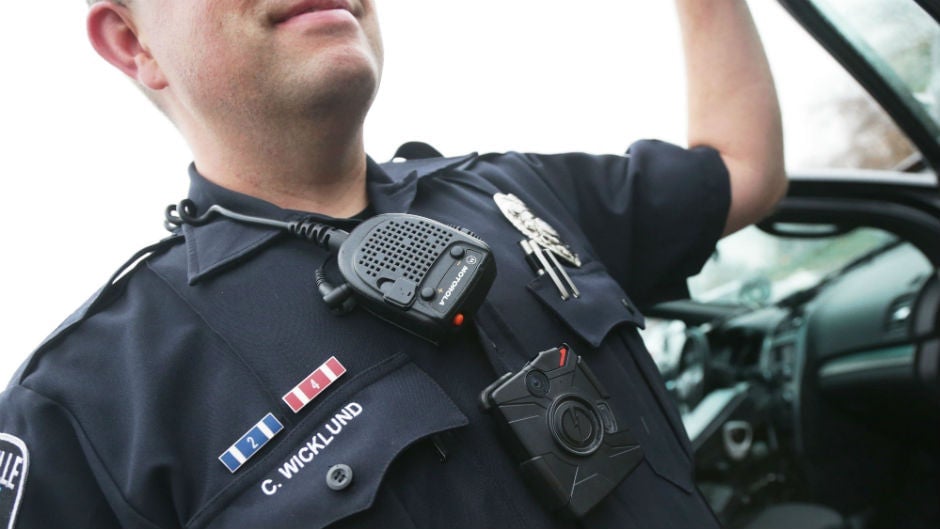The White House is putting its money on police body cameras
US president Barack Obama announced Monday the White House would be shelling out $75 million for 50,000 body cameras to be worn by police officers around the country. The initiative comes amid widespread calls to check police powers in the wake of events in Ferguson, Missouri, where a grand jury decided not to indict a police officer who shot an unarmed teenager in August. Since then, police body cams have been trotted out as a foolproof solution.


US president Barack Obama announced Monday the White House would be shelling out $75 million for 50,000 body cameras to be worn by police officers around the country. The initiative comes amid widespread calls to check police powers in the wake of events in Ferguson, Missouri, where a grand jury decided not to indict a police officer who shot an unarmed teenager in August. Since then, police body cams have been trotted out as a foolproof solution.
The parents of the deceased, 18-year-old Michael Brown, issued a statement calling ”to ensure that every police officer working the streets in this country wears a body camera.” A petition to the White House supporting the use of the device garnered 154,700 signatures. New York’s public advocate Letitia James proposed a body cam program for the city following the shooting of Michael Brown and the case of Eric Garner, who reportedly died as a result of being held in a chokehold by an NYPD officer.
Body cams have been tested in cities across the country, but they aren’t a cure-all. In the Rialto, California police department, use of force by officers fell by 60% in the year after body cams were disseminated in 2012, according to the Wall Street Journal. Complaints from citizens declined by 88%. New York and Washington DC launched pilot programs this fall, and Chicago is set to launch one early next year. London launched a trial program in May after a controversial police shooting.
One major hitch is that cameras are only as honest as their wearers. “Body cameras are more appropriate expenditures than tanks and sniper rifles, but they will only be helpful if the police don’t turn them off, don’t delete their records, don’t play to the cameras or use them selectively,” Neil M. Richards, privacy expert and law professor at Washington University in St. Louis told the school’s news website.